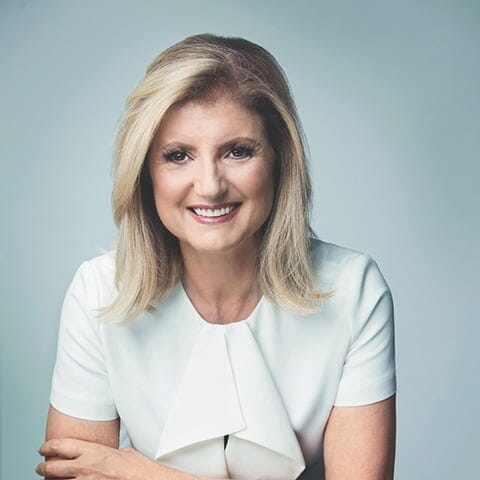 author
authorDiscover the Best Books Written by John Severson
John Severson (SEA-ver-son, 1933–2017) was an American editor, author, filmmaker, and artist widely known as the founder of Surfer; a magazine focused on the sport and culture of surfing. Severson also created a diverse body of artwork dedicated to the sport. Severson won the 1961 Peru International Surf Contest. In 1991, he was inducted into the International Surfing Hall of Fame. In 2011, he won the Surfer Poll Lifetime Achievement Award.
His artwork and photography have been published globally in Surfer, Sports Illustrated, L'Equipe, The New York Times, The Guardian, BBC, 032c, and Nowness. In 2008, Fender released two special edition guitars featuring Severson's artwork, the Surf Fever, and Woody. Drew Kampion, the editor of Surfer 1968-1972, said Severson was "the first to treat surfing as a worthy subject matter for fine art." Sam George, the editor of Surfer (1999), said, "before John Severson, there were no 'surf media,' no 'surf industry' and no 'surf culture' — at least not in the way we understand it today."
The New York Times called Severson "a pioneer of modern surf culture;" who created "the surf art genre; joined the earliest ranks of surf filmmakers; developed the "Surf Fever" writing font now synonymous with surfing; and started the first major magazine dedicated to wave riding, Surfer, a holy book of the sport. Severson was born December 12, 1933, in Los Angeles, California, the son of Hugh and Dorothy Severson. He grew up in North Fair Oaks and Pasadena until his family moved when he was thirteen (1945, variously reported as 1943) to San Clemente — where his father operated a PDQ gas station at El Camino Real and Avenida Aragon.
In 1949, Severson's father built a gift shop on the street in front of their home, where his mother sold California souvenirs and leather items. Located on the Pacific Coast Highway, they added orange juice sales when it became popular with tourists. Severson, his sister, and three brothers each worked creating leather goods, marketing them to tourists, and turning the shop into a restaurant when Interstate 5 arrived nearby. His mother cooked and was widely known for her homemade pies.
In San Clemente, Severson learned to surf — also painting, photographing, and filming the sport. Following the advice of a mentor, he documented his surfing experience "with his Brownie camera, then with cartoons, woodblock prints, and paintings." When shooting in the ocean, he used a plastic bag to keep his camera dry. He also played trumpet, formed a barbershop quartet, and pitched for his baseball team.
First studying art at Orange Coast College, he received a B.A. in art education at Chico State College and M.A. in Art Education at Long Beach State. After graduating in 1956, he taught high school art, including ceramics, for one semester before being drafted into the Army. In Oahu, he served as a draftsman and mapmaker, was a member of the Army surf team, and sold his sketches to tourists. There he made his first film, Surf. He subsequently made the films Surf Safari (1959), Big Wednesday (1961), Going My Wave (1962), Surf Fever, The Angry Sea (1963), Surf Classics (1964), and Pacific Vibrations (1970).
At first, a one-man production, Severson developed Surfer magazine into a vital sport periodical and cultural institution. He eloped in 1959 with U.C. Berkeley graduate Louis Stier. By 1966, Louise and he and their two daughters were featured in a photo essay in Life magazine. Ultimately, with the success of Surfer by the late 1960s, he was married, had two daughters, lived in a beachfront gated community (10 minutes from where he'd grown up, purchasing an oceanfront property adjacent to what would become the Nixon compound), played golf, drove a Mercedes, and "spent less and less time in the water." By this time, he had received the nickname "Sevo."
When Richard Nixon moved in 1969, next door to his home near San Clemente's Cotton's Point, Marines prohibited surfing at Cotton's Point and Trestles; two noted surf spots. Severson contracted with Life magazine to take telephoto images of Nixon and his family on the beach, and Nixon had a six-foot privacy wall built around his property.
In the early 1970s, Severson sold Surfer and moved with his family to Maui. In Hawaii, he surfed, painted, and designed an extensive line of Hawaiian surf shirts for the Kahala brand. Severson windsurfed — ultimately launching, publishing, and editing Wind Surf magazine, contributing art and photos. For a year, he regularly traveled the Pacific with his family, living for months in Tahiti in a treehouse.
Best author’s book



Written books
1



















